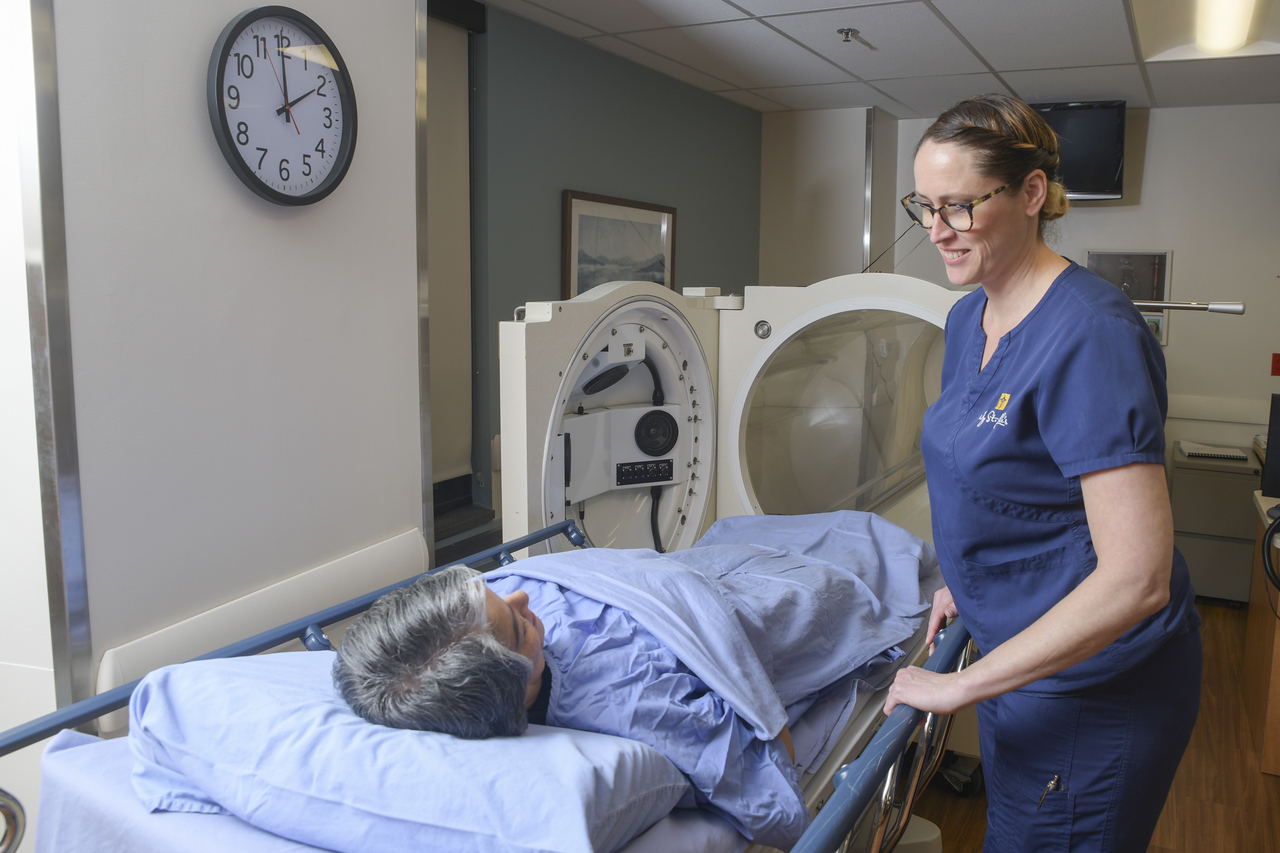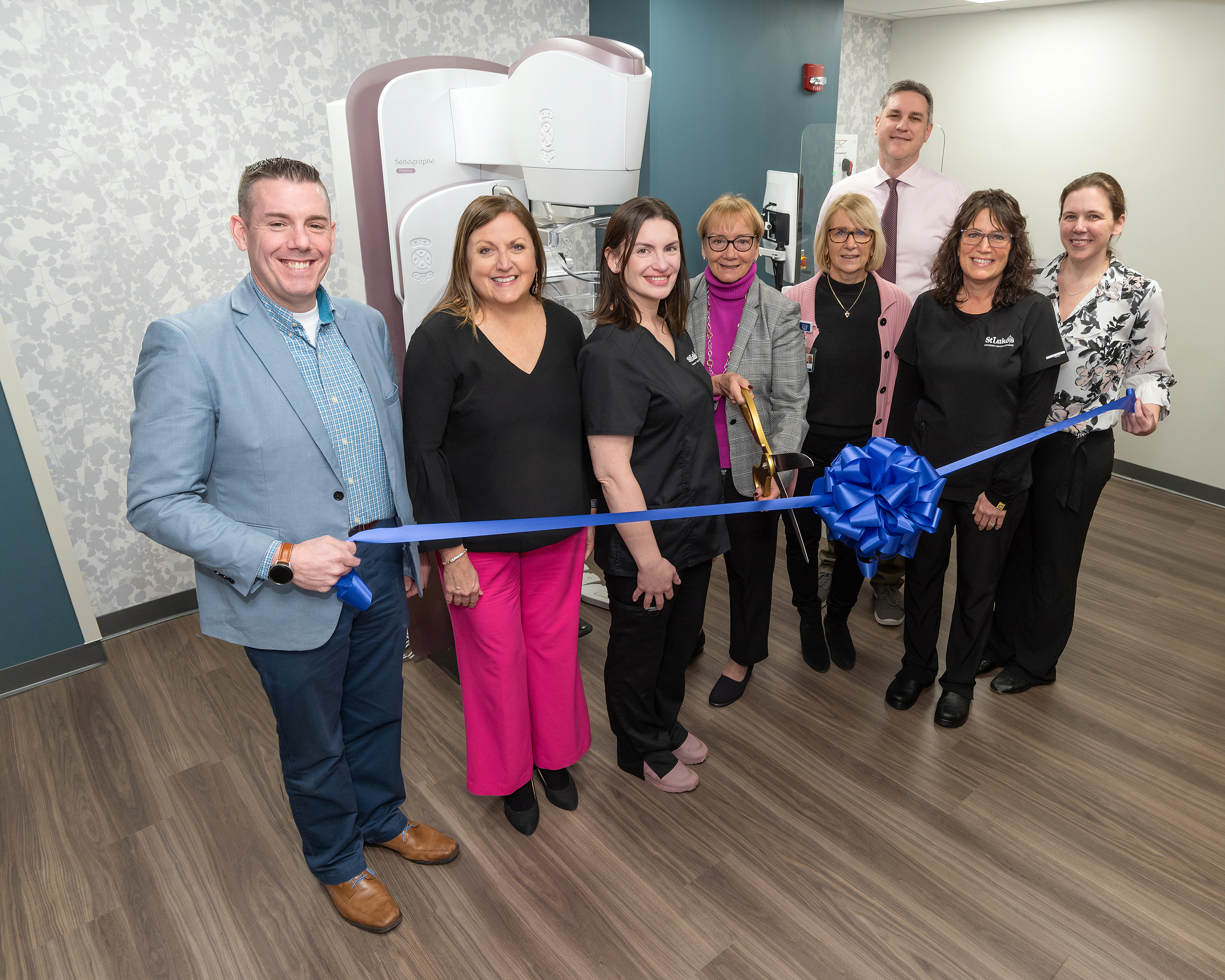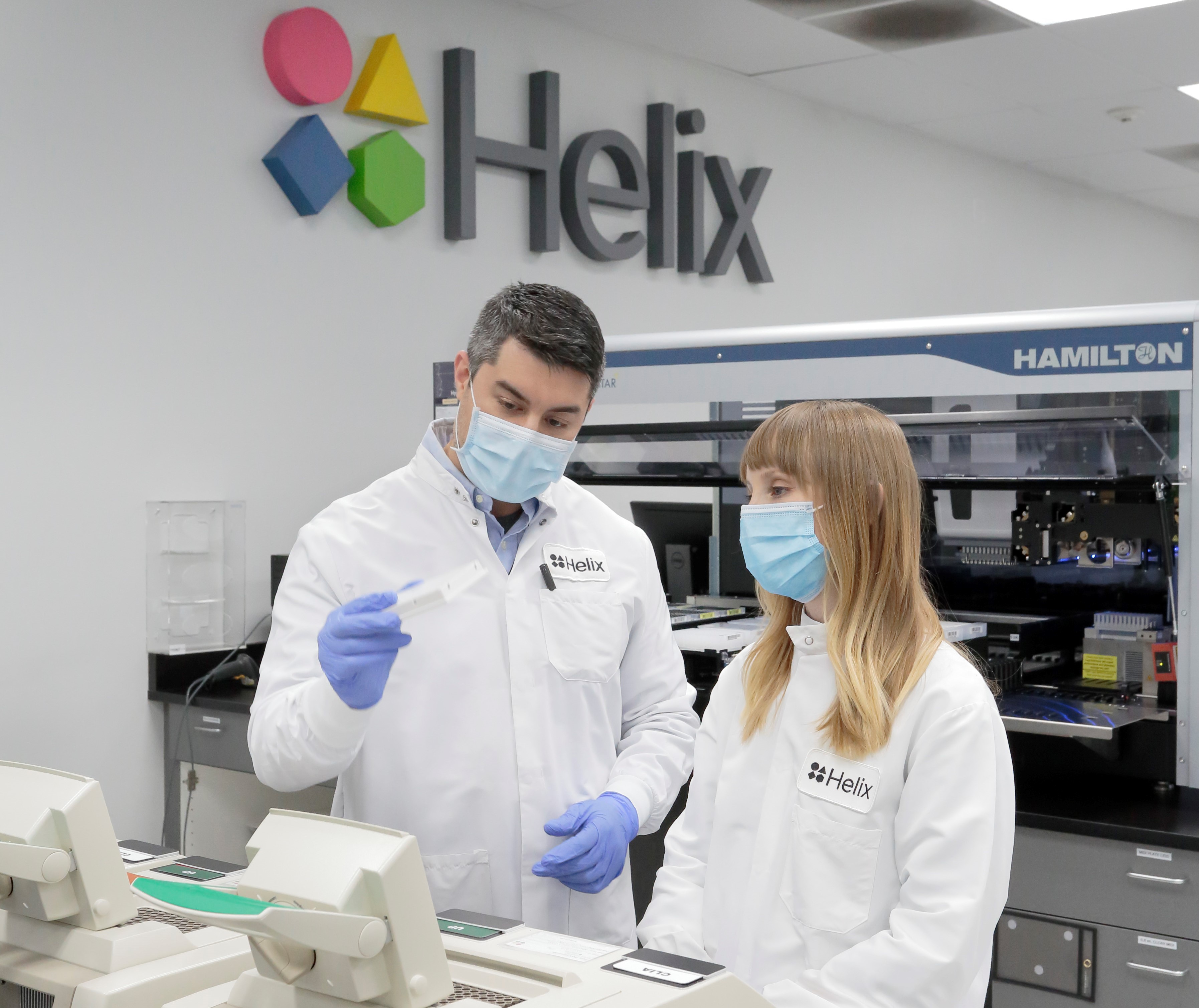*

Richard Werner, 85, used to walk six miles every other day. He had to stop for a while to undergo cancer treatment, but now the octogenarian is walking four miles every other day, and he credits his care with St. Luke’s to getting him back on his feet.
In order to treat his cancer, Werner underwent radiation therapy, which was successful in terms of fighting the cancer, but left him with damaged salivary glands, explained his physician, Michael Hortner, M.D., certified wound specialist for St. Luke’s Wound Management and Hyperbaric Centers. As a result of this damage, Werner had trouble eating and swallowing and lost a dangerous amount of weight.
The soft tissue radiation injury, as it’s called, made Werner a contender for hyperbaric oxygen therapy treatment, for which St. Luke’s has four locations with hyperbaric chambers.
What is hyperbaric oxygen therapy?
Under typical circumstances the air we breathe contains 21 percent oxygen, explains Diedra McCafferty, D.O., wound care specialist, network medical director of St. Luke’s Wound Management and Hyperbaric Medicine department. In simple terms, hyperbaric oxygen therapy delivers 100 percent oxygen to the body at a pressure greater than normal, thanks to a specially designed chamber.
This has been shown to improve wound healing, largely because oxygen stimulates angiogenesis—formation of new blood vessels—and under pressure, that oxygen becomes more available in the body, McCafferty explains. This oxygen treatment can also increase the number of stem cells within the damaged tissue, which can differentiate and heal the injury.
“Specifically for radiation damage, this tends to be extremely beneficial,” McCafferty says, noting that radiation damage is one of the most common uses for hyperbaric oxygen therapy within the St. Luke’s network.
The benefits of hyperbaric oxygen therapy
Werner received hyperbaric oxygen therapy for about three months, after he required a feeding tube to ensure he was consuming enough calories. The treatment helped repair the damaged tissue in his neck, bringing down the excessive swelling, and making it a bit easier to eat and drink.
“We stopped [Werner’s] therapy about a month ago because he was having a good response,” Hortner, who will retire at the end of the year, says. “He was able to tolerate foods he couldn’t take before and had been gaining weight.”
Hortner explains that even though Werner’s hyperbaric oxygen therapy has ended, the beneficial effects continue.
“Just because you stop treatment doesn’t mean you won’t be able to get better from where you are,” he says. “Will [Werner] be back to normal? No. There’s too much damage…But the effects last for some time.”
In addition to treating soft tissue radiation injuries, hyperbaric oxygen therapy is widely used to treat wounds, particularly diabetic foot ulcers of a certain severity, and infectious processes, McCafferty says.
The therapy can have antimicrobial benefits, making it effective in helping to treat infectious processes, including gas gangrene and other life-threatening acute conditions.
“If we catch it soon enough we can have an incredible turnaround [with hyperbaric oxygen therapy],” McCafferty says. “The whole point [of the treatment] is to minimize tissue loss.”
Who can use hyperbaric oxygen therapy?
There are very strict guidelines on what makes a person a candidate for hyperbaric oxygen therapy, which has been approved by the FDA for several indications. There are also guidelines from the Undersea and Hyperbaric Medical Society, which the St. Luke’s team follows closely.
Some of these indications include:
- Radiation injury
- Wounds (non-healing, diabetic foot ulcers)
- Air and gas bubbles in blood vessels
- Crush injury
- Gas gangrene
- Skin graft flap at risk of tissue death
- Infection of the skin and bone (severe)
If a patient is eligible for the treatment, he or she will go through a consultation with the St. Luke’s team. He received treatment five days a week for two hours at each visit.
McCafferty says that her department has received calls from patients whose physicians suggested hyperbaric oxygen therapy. Even if they’re not eligible, she appreciates that the therapy is becoming top of mind for physicians when treating their patients.
Werner had only good things to say about the hyperbaric oxygen therapy he received, in terms of the care itself and its effectiveness, and the attention from the staff at the Sacred Heart campus.
Werner has resumed walking, and although it takes him time to eat, he likes to treat himself and his wife to lunch at the Coopersburg Diner, where they regularly dined before he got sick.
“It seems to be working,” he says. “The swelling’s gone down quite a bit. I’m eating. The last two months I’ve gained 18 pounds [of the 60 lost, initially]. I had to buy new clothes; I was starting to grow out of them, which is good.”




